The merger of Quang Binh and Quang Tri provinces (from July 1, 2025) opens up an unprecedented opportunity to restructure and comprehensively develop the new land (new Quang Tri province). In particular, tourism is identified as a breakthrough industry that plays a key role in exploiting the available natural and historical advantages.
The intersection between the majestic nature of Quang Binh and the historical and spiritual depth of Quang Tri creates a rare "golden resource chain", promising to make this land the most prominent destination in the Central region.
Vietnam News Agency reporters have produced a series of three articles: "Awakening the golden resource chain of the new Quang Tri province," contributing to paving the way for a journey of discovery imbued with the local identity and full of breakthrough potential.
The merger of Quang Binh and Quang Tri provinces into the new Quang Tri province is not only an administrative change, but also opens up a turning point opportunity in comprehensive socio-economic development, especially in the tourism sector.
With the integration of natural, cultural, historical and spiritual values, the new Quang Tri province is converging all the elements to become a prominent and attractive tourist destination in the Central region and the whole country.
Great Connection and Depth
Located in a strategic position in the North Central region, Quang Binh and Quang Tri have many similarities in geography, history and culture. The two localities not only act as a bridge for North-South trade but also an important gateway in the East-West economic corridor, connecting Vietnam with Laos, Thailand and countries in the Mekong sub-region.
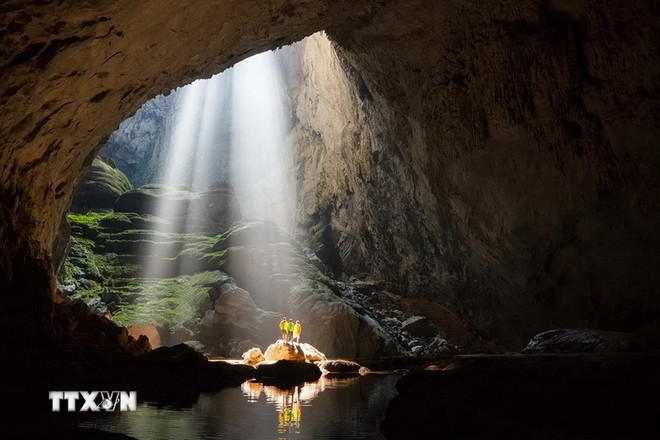
The merger creates a large area of land with diverse resources, opening up opportunities for economic development, of which tourism is identified as a key industry.
Quang Tri province is the meeting place between the majestic nature of Quang Binh with wonders such as Phong Nha-Ke Bang, Nhat Le, Da Nhay and the historical and spiritual depth of Quang Tri with the Ancient Citadel, Hien Luong Bridge - Ben Hai River, Truong Son Cemetery.
Mr. Le Minh Tuan, Director of the Department of Culture, Sports and Tourism of Quang Tri province, commented: “The merger is not just about merging administrative boundaries, but also about the resonance of resources and development vision. In which, tourism is a key sector that plays a leading role in building the brand of the new Quang Tri province.”
There are few localities in the country that fully converge forests-seas-caves-relics-spiritual spaces like the new Quang Tri province.
Phong Nha-Ke Bang National Park with more than 400 majestic caves; My Thuy, Cua Tung beaches, Con Co island; and historical relics such as Vinh Moc tunnels, Quang Tri ancient citadel, Truong Son cemetery, Highway 9, Hien Luong bridge - Ben Hai river create a rich and diverse chain of destinations, meeting all needs of exploration and experience.
According to statistics, in 2024, Quang Binh province will welcome more than 5 million visitors, with total tourism revenue reaching nearly 6,000 billion VND; Quang Tri will welcome more than 3 million visitors, with estimated revenue reaching about 2,400 billion VND.
These figures show the growing appeal of the region, while also reflecting the huge untapped potential for tourism development.
Associate Professor, Dr. Tran Huu Tuan, Principal of Hue University's School of Tourism, commented: "This is a land that has the potential to create multi-layered emotional tours. In the morning, exploring a million-year-old cave, in the afternoon visiting Truong Son Cemetery, in the evening enjoying local cuisine - that is an experience that domestic and international tourists love."
Mr. Tuan emphasized: “If properly planned, the junction between the two regions of Quang Binh and Quang Tri can form a unique inter-regional tourism axis - where visitors can seamlessly experience everything from pristine nature to historical depth.”
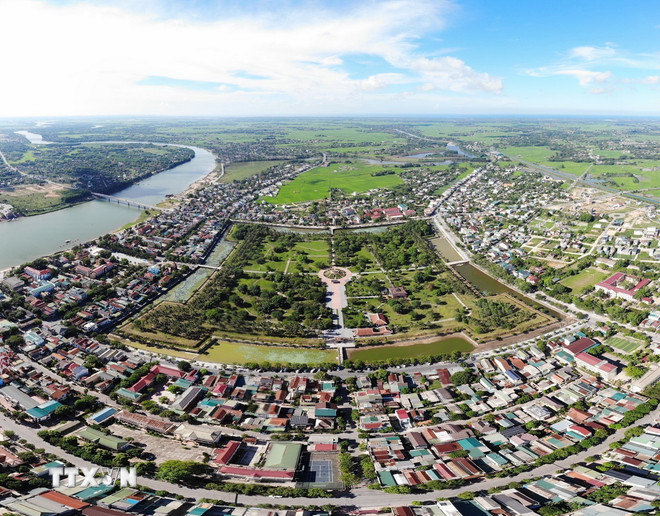
According to Mr. Le Luu Dung, General Director of Jungle Boss Limited Liability Company - a unit specializing in exploiting adventure tourism, the merger of the two provinces is a great opportunity to develop natural tourism associated with culture and history.
The Ho Chi Minh Trail, the western branch, passing through Khe Sanh, will be the axis connecting the natural heritage of Phong Nha-Ke Bang with historical sites in the western part of Quang Tri such as Khe Sanh and Lao Bao. Con Co Island is also a destination with great potential for developing marine ecotourism, resorts, and coral diving, combined with adventure activities at Ta Puong and Ta Du waterfalls (Huong Hoa) and mountain villages.
Mr. Dung said: "The merger is a breakthrough that helps Quang Tri affirm its position on the tourism map of Vietnam and the region."
Gaps in connectivity and experience
Despite abundant potential, tourism activities of the two provinces before the merger were still fragmented, lacking connectivity and a synchronous service ecosystem.
Cross-traffic axes such as La Lay and Cha Lo have not been fully invested in; high-quality accommodation facilities are mainly concentrated in Dong Hoi city, while western regions such as Khe Sanh and Lao Bao are still limited.
Ms. Nguyen Thi Thanh Hoa, owner of a homestay along the Thach Han River, shared: “Many visitors to the Citadel only stay for half a day and then leave because there are no additional services, no night-time experiences, no live museums or storytelling technology to help visitors stay longer.”
Tourism expert Dinh Ngoc Hung emphasized: “Memory tourism needs to be guided by emotions. A vivid storytelling system is needed so that each relic is not just a place to visit, but a space to recall and connect history.”
Promotional work is still fragmented and unsystematic. The application of digital technology such as virtual reality (VR) and augmented reality (AR) in explaining and introducing destinations is still in its infancy.
Experts recommend that the province should soon build a digital tourism map, integrating functions such as tour booking, navigation, interactive maps, and multilingual content to serve modern tourists.
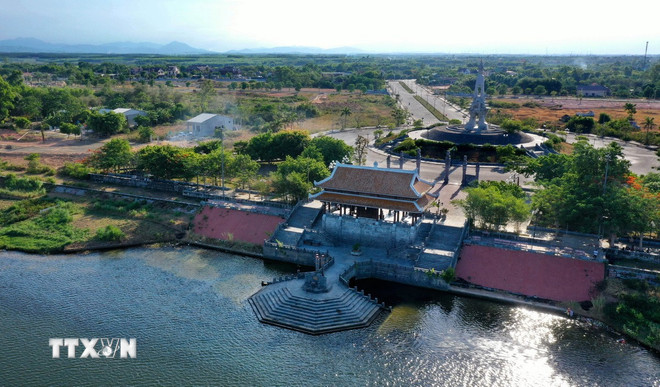
According to Mr. Dang Dong Ha, Deputy Director of the Department of Culture, Sports and Tourism of Quang Binh province, the merger creates a larger development space with richer resources, but also requires a synchronous and appropriate development strategy, clear product positioning, unified branding, infrastructure investment and comprehensive human resource training.
Deputy Director of the National Tourism Administration Ha Van Sieu commented: “For sustainable development, it is necessary to complete the tourism infrastructure system, especially connecting points far from the center; invest in a multilingual smart guide system; and diversify products. In particular, exploiting adventure and experiencing nature are the typical strengths of Quang Binh, while memory tourism, culture-spirituality are the mainstay of Quang Tri.”
Consolidating boundaries is an opportunity to unify development thinking. Tourism cannot be developed individually between regions, but requires coordination, connection, and systematic planning to create a complete experience map.
The strategic problem is: How to turn the valuable resource chain into a real growth driver, enhancing the new position of Quang Tri on the national and regional tourism map./.
Lesson 2: Connecting heritage - creating an inter-regional tourism map
Source: https://www.vietnamplus.vn/hop-nhat-lich-su-va-thien-nhien-nen-tang-phat-trien-du-lich-post1047190.vnp





![[Photo] General Secretary To Lam attends the opening ceremony of the National Achievements Exhibition](https://vphoto.vietnam.vn/thumb/1200x675/vietnam/resource/IMAGE/2025/8/28/d371751d37634474bb3d91c6f701be7f)
![[Photo] National Assembly Chairman Tran Thanh Man holds talks with New Zealand Parliament Chairman](https://vphoto.vietnam.vn/thumb/1200x675/vietnam/resource/IMAGE/2025/8/28/c90fcbe09a1d4a028b7623ae366b741d)
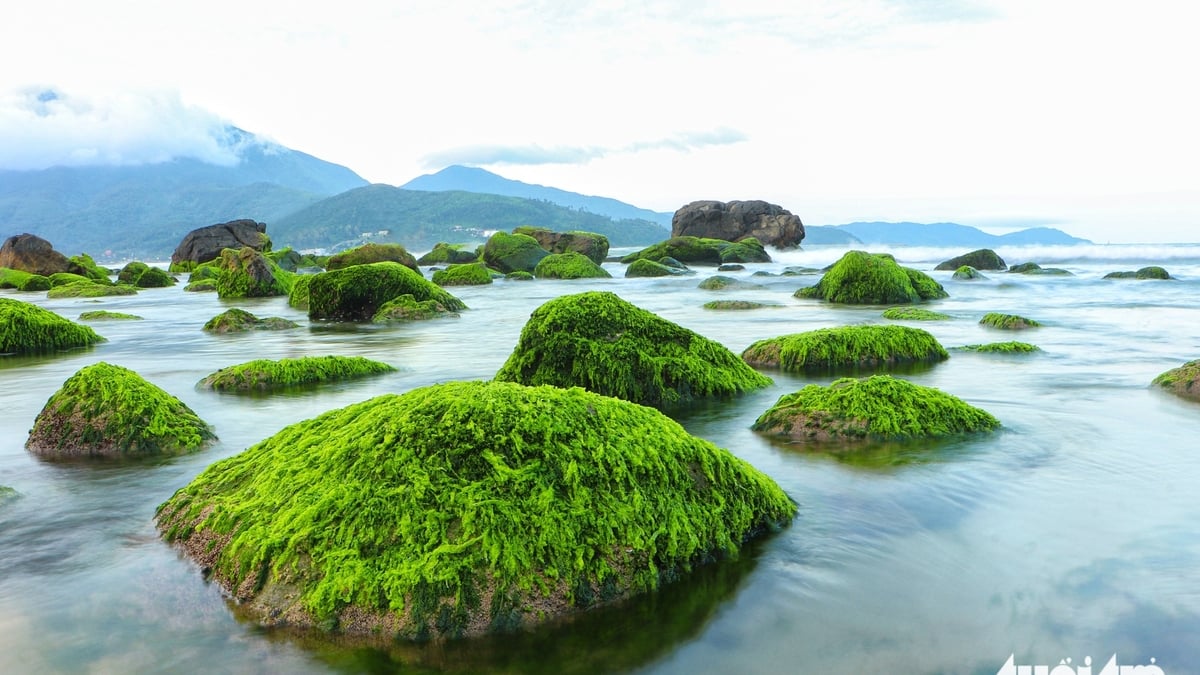

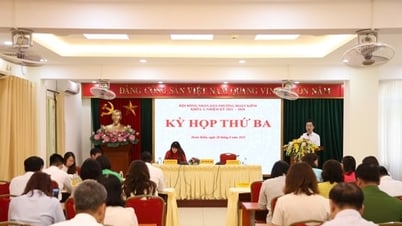



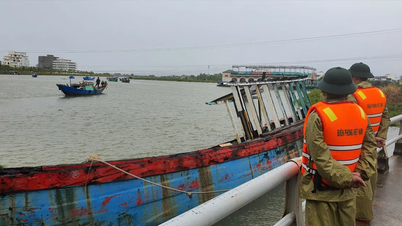


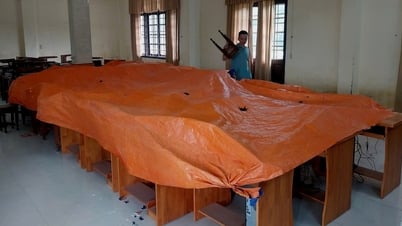

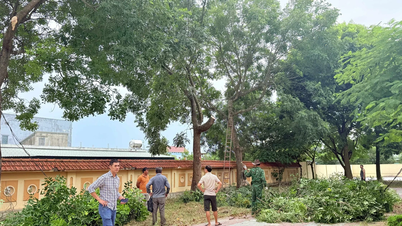




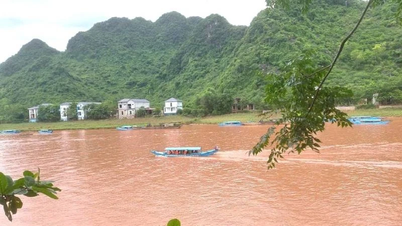



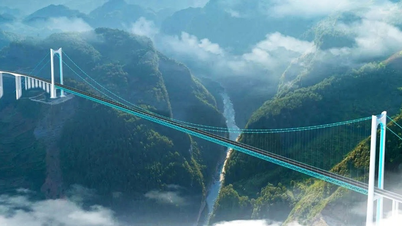

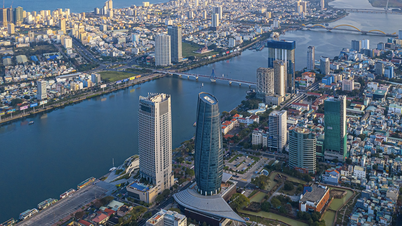




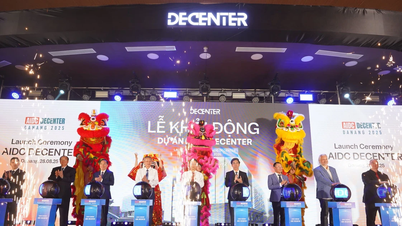


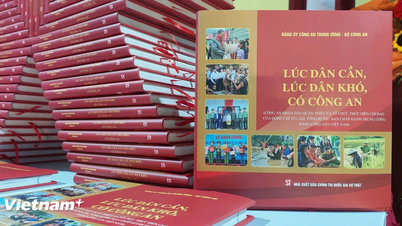
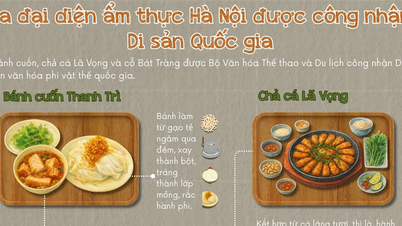

![[Photo] Images of the State-level preliminary rehearsal of the military parade at Ba Dinh Square](https://vphoto.vietnam.vn/thumb/1200x675/vietnam/resource/IMAGE/2025/8/27/807e4479c81f408ca16b916ba381b667)
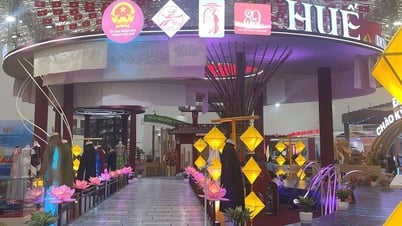

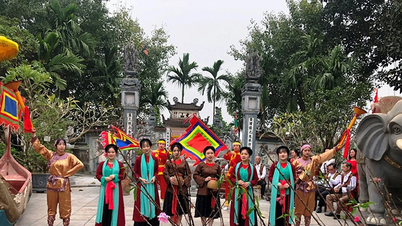
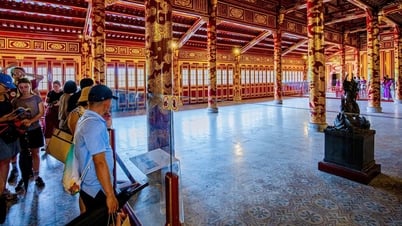

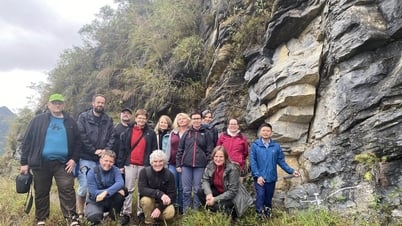

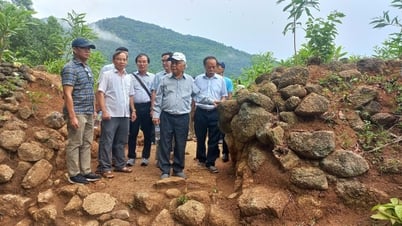
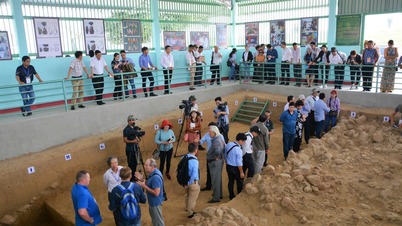



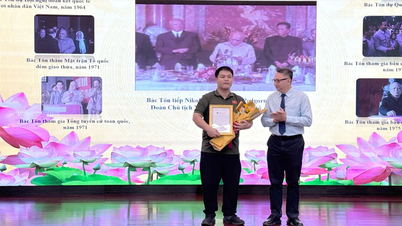








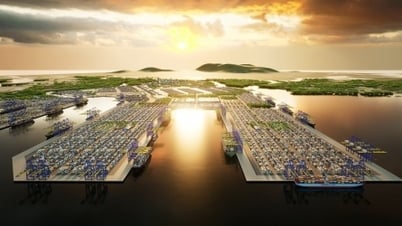











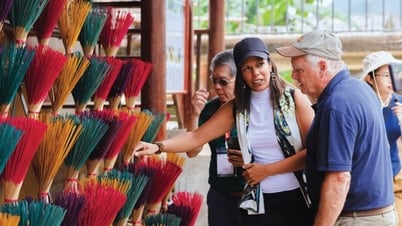



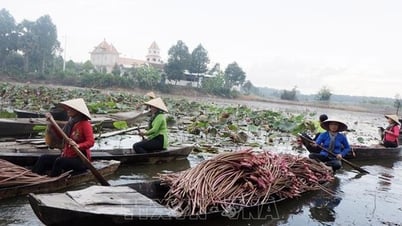







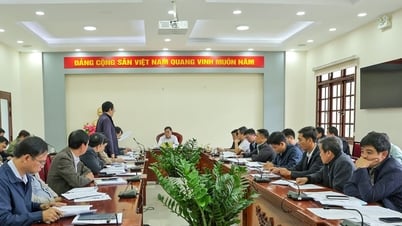



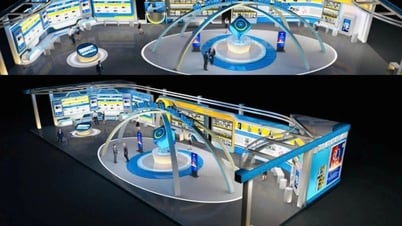










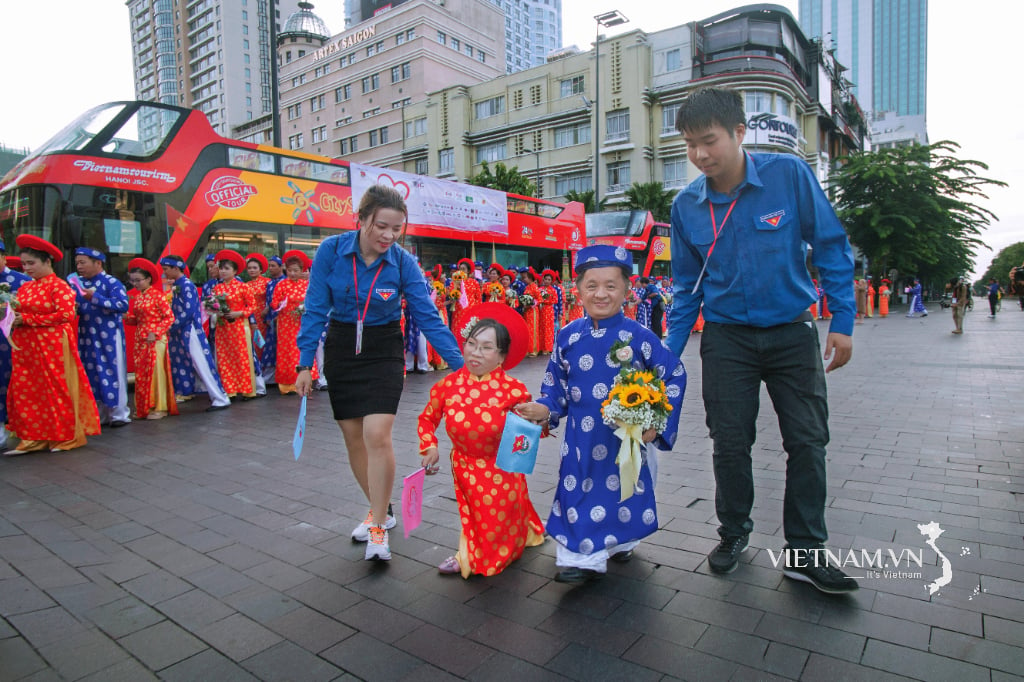
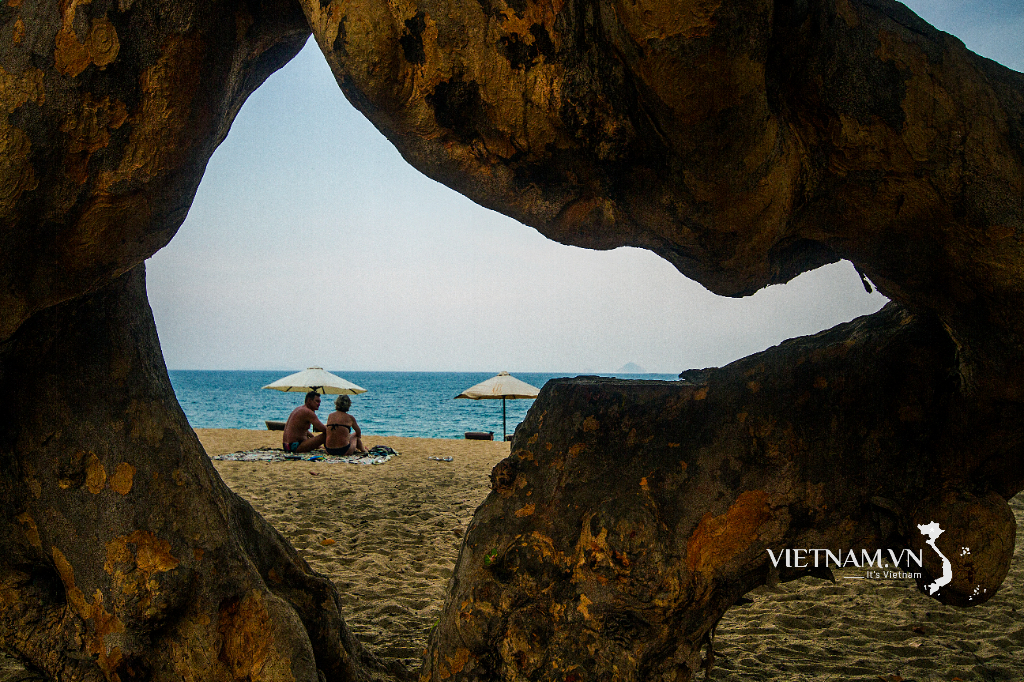
Comment (0)